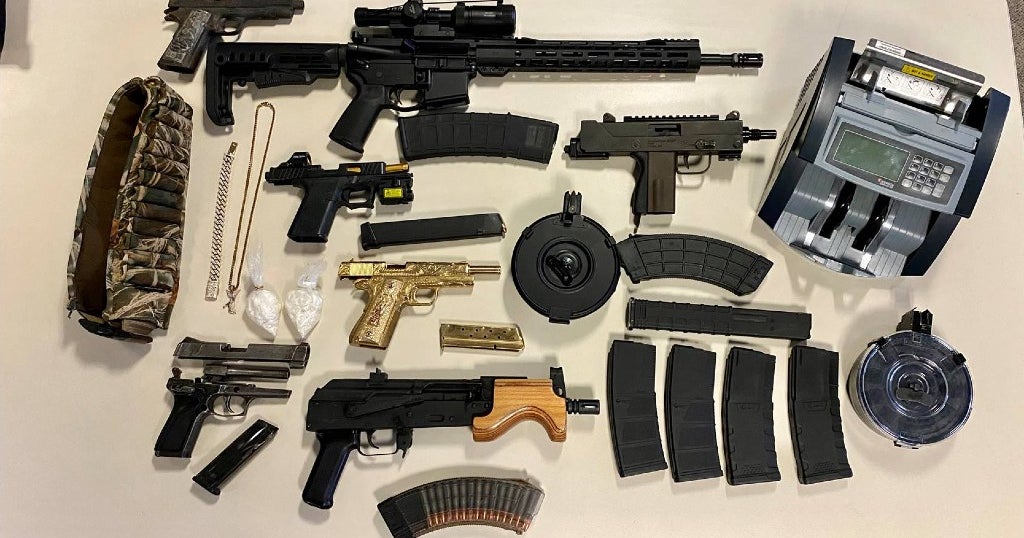It doesn’t matter if you’re an amateur or professional shooter, the elements of your optics play an integral aspect in achieving the highest quality results. It is important to be aware of all the parts in order to shoot optimally with every shot.

Optic Parts: Understanding their Relevance in Shooting Sports
It is crucial to have a reliable, accurate gun when it comes to shooting sports like shooting competitions, hunting or just plinking at an outdoor range. Optic parts, are often overlooked, but play a significant function in accuracy and precision is part that’s frequently overlooked. Optic parts are also known as sighting devices and can be mounted on firearms to improve precision and effectiveness. This article will explain the benefits and importance of optics parts, in addition to how they help improve your shooting capabilities.
What are Optic Parts?
Optic parts are tools that help shooters aim their firearms more accurately. There are a variety of options available which include magnified scopes, red dots sights, iron sights, and holographic sights. Every type of optic is unique in its features and benefits and the type of optic part you choose will be based on your particular shooting needs and preferences.
Iron sights are the simplest type of optic and are typically found in traditional firearms. A front sight post, as well as a back sight notch, are needed to align the sights with the targets. Red dot sights utilize a small LED to create an illuminating reticle that appears like a dot in the eye. These sights are renowned for their speedy target acquisition as well as their ease of use. Holographic sights use lasers to produce a reticle that appears as a hologram, and they’re often used in tactical and military applications. Magnified scopes also make use of lenses that magnify targets. This makes it easier for you to target accurately even at large distances.
Optic Parts – Why are they important?
Optic components help shooters aim better and with greater accuracy. Optic components can aid shooters to aim better, especially at long distances. Optic parts also provide a faster target acquisition, allowing shooters to aim quickly and accurately. Optic parts are crucial for hunting and tactical shooting, as they can help improve accuracy even in dim lighting conditions.
The Right Optic Parts
It is vital to choose the most appropriate optic components for your shooting ability. You must consider your shooting preferences, budget, and type of firearm when selecting an optic component. Also, consider magnification and the type of reticle.
The magnification of an optical element refers to the amount of zoom it provides. Magnified scopes can be utilized for long-range shooting because they can improve accuracy at targets up to hundreds of yards away. But, magnified scopes might not be suitable to shoot close-range. A popular choice among tactical shooters is a red dot and green dot sight. They are able to fast target acquisition and close-range shooting.
When selecting an optics component It is crucial to be aware of the kind of reticle. Different types of reticles are suitable for various shooting scenarios. For instance, a basic crosshair-type reticle is ideal to shoot targets. A BDC (bullet Drop Compensating) Reticle, on the contrary, is ideal for shooting long distances.
Maintaining your Optic Parts
It is important to properly maintain your optics parts after you have selected them. Regular maintenance will ensure the optic parts’ reliability for a long time. The most basic maintenance tasks are cleaning lenses, checking the zero, and properly storing optic parts when not in use.
It is crucial to wash the lenses in order to make sure that your optics parts produce a clear, accurate image. It is possible to clean your lenses using microfiber cloths or a lens cleaner. Avoid using paper towels or any other rough materials that can scratch the lenses.
You can test the position of zero on your optic parts to verify that they remain in proper alignment. The optics may be misaligned over time due to recoil, among other things. You can check the zero by taking a couple of shots at a goal. Adjust the optic parts to your specifications.
For more information, click Rifle Parts & Accessories